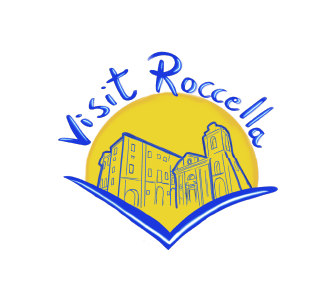The Tassone family emerged in Roccella after the marriage between Master Bruno Tassone and Cecilia Congiusta, which took place on October 18, 1739. Master Bruno, originally from Serra, was part of the large group of artisans who moved to Roccella, especially in the 1700s, and established a stable family. At that time, the young Cecilia Congiusta was highly sought after, as she was the daughter of Antonio Congiusta, a wealthy farmer from Roccella, who was well-known: in the mid-1700s tax declaration, he had the highest declared value of all the citizens of Roccella.
The Tassone family had prominent figures in the artisan sector; for example, Master Bruno was the carpenter artisan who served the Carafa family the most, repairing gates, doors, windows, etc., of their Palace. Likewise, Master Giuseppe Tassone, Bruno’s son, who was still young, was esteemed as a “locksmith and keymaker,” to the extent that he was pointed out to the authorities during public appraisals. Following the guidelines of the leading artisan families, the Tassones also directed their children towards ecclesiastical and university studies. We mention Priest D. Francesco Tassone, who was appointed Curate Economist in the Church of St. Francis Xavier in the Borgo by the Bishop in 1786.
Throughout their history, the Tassones settled in the Petto dell’Oro district, where nearby, in the Ciaramidio district, they owned an ancient “oil mill” powered by animals, right next to the centuries-old “carcara” for the firing of artisanal products: bricks, tiles, etc., obtained from clay processing, which gave the district its name.
Over time, expanding their land ownership, especially focusing on olive growing, the family equipped themselves with a new double-press oil mill, still powered by human and animal traction, installed in the Carrubara district, not far from their residence: a rarity of an oil mill in the Roccella area. This justified the substantial olive growing activity over time to meet their agricultural needs and those of third parties.
This eminent family also invested their profits in land acquisition, the main source of income in the past. Such astuteness and seriousness in managing their interests allowed for a certain economic prestige, which encouraged their civil and social presence in the fabric of Roccella’s society.
We need only mention Dr. Giuseppe Tassone, Prior of the prestigious Confraternity of St. Joseph and Mayor for many years during the fascist regime; Lawyer Giuseppe Tassone, nephew of the former, Mayor of Roccella for a decade starting from 1970.
Returning to the early 1900s, the economic solidity of the Tassones allowed them to sell the prestigious Englen Palace in the Borgo di Roccella, abandoning their modest and ancient home in Petto dell’Oro, consisting of three rooms, two lower levels, and the stable, plus, nearby, two other lower levels owned by them. It should be noted that the arrival of electricity in various towns revolutionized all the centuries-old work activities, where, until then, the only existing driving force were human arms and the burden or traction of animals. Even oil mills kept pace with the times, where the owning families, although not all, modernized olive oil production with the help of electric motors. The Tassones, always attentive to modernizing and updating themselves with the new developments affecting oil mill activities, abandoned the old mill in Carrubara to open a new, modern, faster, and less laborious one, in an alley off Via Garibaldi.
This structure is located in Vico Scali, is still intact as it was last used in 1988. It is opened during cultural and popular events that often take place in the Borgo district, becoming an object of observation and curiosity for the new generations living in their time. On such occasions, guided tours are organized in the mill for groups of tourists and curious individuals, with the assistance of scholars and experts in this ancient work activity, informing them about the various stages of olive processing, the dialectal names of various tools, and the centuries-old system and rules of oil distribution.
